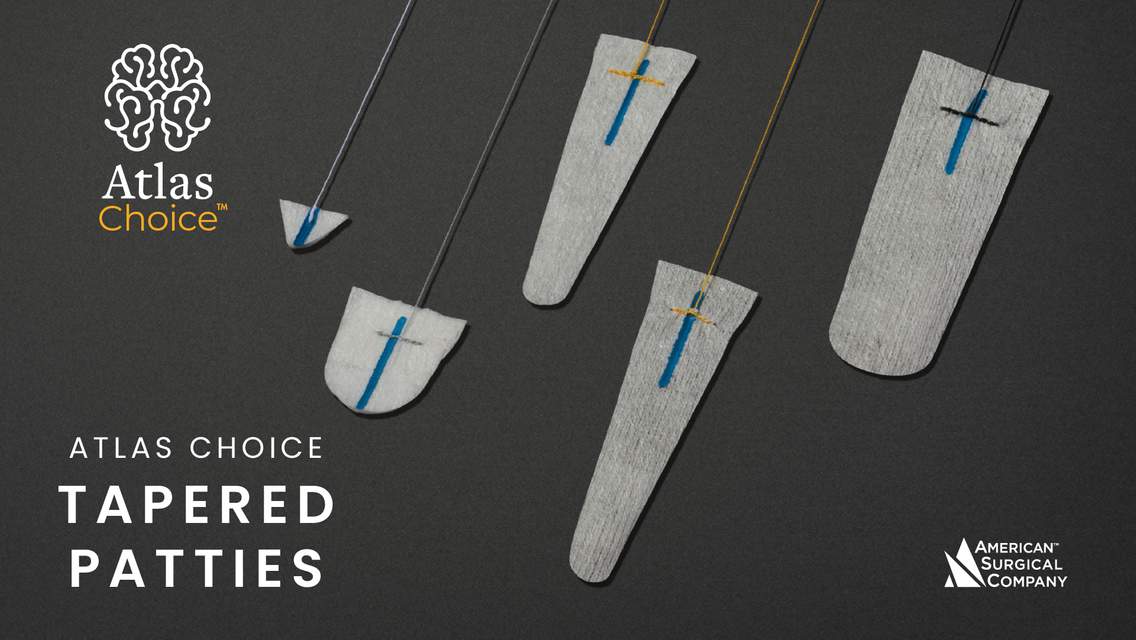Pineocytoma
Figure 1: (Top Left) A mass in the pineal region is causing obstructive hydrocephalus on this CT image. (Top Right) There is mass effect on the tectal plate without visible invasion on this sagittal T1-weighted image. (Bottom) Avid enhancement on sagittal postcontrast T1-weighted imaging is typical of most pineal region tumors, including this pineocytoma, regardless of grade.
Figure 2: This circumscribed pineocytoma demonstrates peripheral calcifications (arrow) and homogeneous enhancement on postcontrast CT imaging. The lesion is more circumscribed and less infiltrative in appearance than would be more typical for other pineal region tumors.
BASIC DESCRIPTION
- Slow-growing pineal parenchymal tumor
PATHOLOGY
- WHO grade I or II
- Arises from pinealocytes or pinealocyte precursors
- Well-differentiated tumor without mitoses or necrosis
- Small, uniform cells arranged in sheets with intervening septae are typical microscopic features
- Mass effect on adjacent structures without invasion
CLINICAL FEATURES
- Affects all ages (mean, 35–40 years)
- No gender predilection
- Commonly presents with signs/symptoms of increased intracranial pressure secondary to third and lateral ventricular obstructive hydrocephalus
- Headache, nausea, vomiting, and altered mental status
- Parinaud syndrome (upgaze palsy)
- Treatment: surgical resection; cerebrospinal fluid (CSF) shunts for hydrocephalus
- Prognosis: better prognosis than for pineoblastoma; 5-year survival, 85% to 100%
IMAGING FEATURES
- General
- Peripherally calcified, well-circumscribed pineal region mass
- Usually smaller than pineoblastomas (<3 cm), less invasion of adjacent parenchyma
- Calcification and cysts are often present
- ±Obstructive hydrocephalus due to compression at the cerebral aqueduct
- Rare intraventricular extension, CSF dissemination, or parenchymal invasion
- CT
- Well-circumscribed, isodense to hypodense pineal mass
- ±Peripheral calcification
- Moderate enhancement on contrast-enhanced CT imaging
- MRI
- T1WI: hypointense to isointense
- T2WI: hyperintense
- FLAIR: hyperintense
- T2*GRE/SWI/GRE: black signal blooming in foci of calcification at the periphery of the tumor
- T1WI+C: variable enhancement
IMAGING RECOMMENDATIONS
- MRI without and with intravenous contrast, CT imaging to detect calcification
For more information, please see the corresponding chapter in Radiopaedia.
Contributor: Rachel Seltman, MD
References
Awa R, Campos F, Arita K, et al. Neuroimaging diagnosis of pineal region tumors—quest for pathognomonic finding of germinoma. Neuroradiology 2014;56:525–534. doi.org/10.1007/s00234-014-1369-4.
Deshmukh VR, Smith KA, Rekate HL, et al. Diagnosis and management of pineocytomas. Neurosurgery 2004;55:349–355, discussion 355–357. doi.org/10.1227/01.neu.0000129479.70696.d2.
Dumrongpisutikul N, Intrapiromkul J, Yousem DM. Distinguishing between germinomas and pineal cell tumors on MR imaging. AJNR Am J Neuroradiol 2012;33:550–555. doi.org/10.3174/ajnr.A2806.
Hirato J, Nakazato Y. Pathology of pineal region tumors. J Neurooncol 2001;54:239–249. doi.org/10.1023/a:1012721723387.
Nakamura M, Saeki N, Iwadate Y, et al. Neuroradiological characteristics of pineocytoma and pineoblastoma. Neuroradiology 2000;42:509–514. doi.org/10.1007/s002349900243.
Osborn AG, Salzman KL, Jhaveri MD. Diagnostic Imaging (3rd ed). Elsevier, Philadelphia, PA; 2016.
Reis F, Faria AV, Zanardi VA, et al. Neuroimaging in pineal tumors. J Neuroimaging 2006;16:52–58. doi.org/10.1177/1051228405001514.
Schild SE, Scheithauer BW, Schomberg PJ, et al. Pineal parenchymal tumors. Clinical, pathologic, and therapeutic aspects. Cancer 1993;72:870–880. doi.org/10.1002/1097-0142(19930801)72:3<870::aid-cncr2820720336>3.0.co;2-x.
Please login to post a comment.















